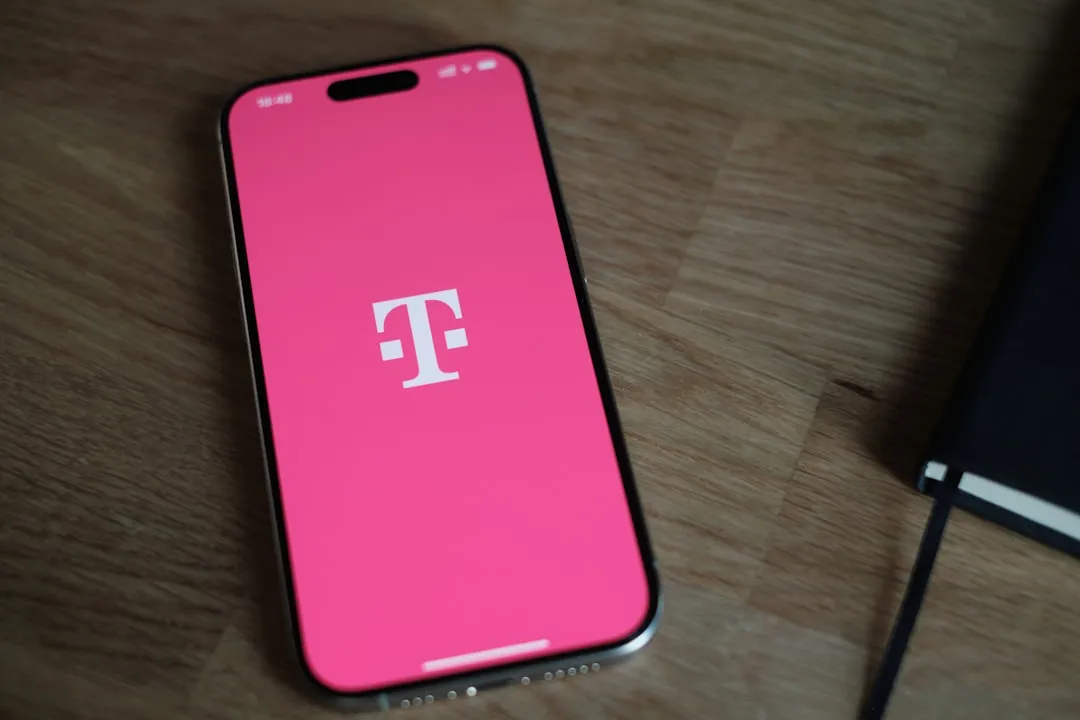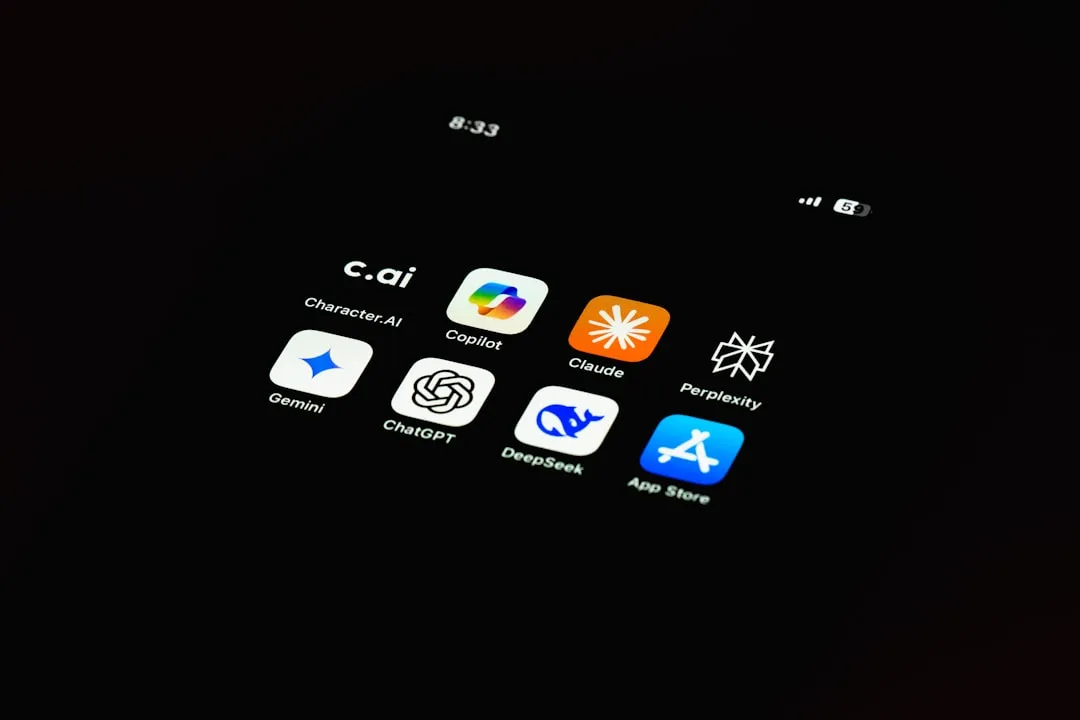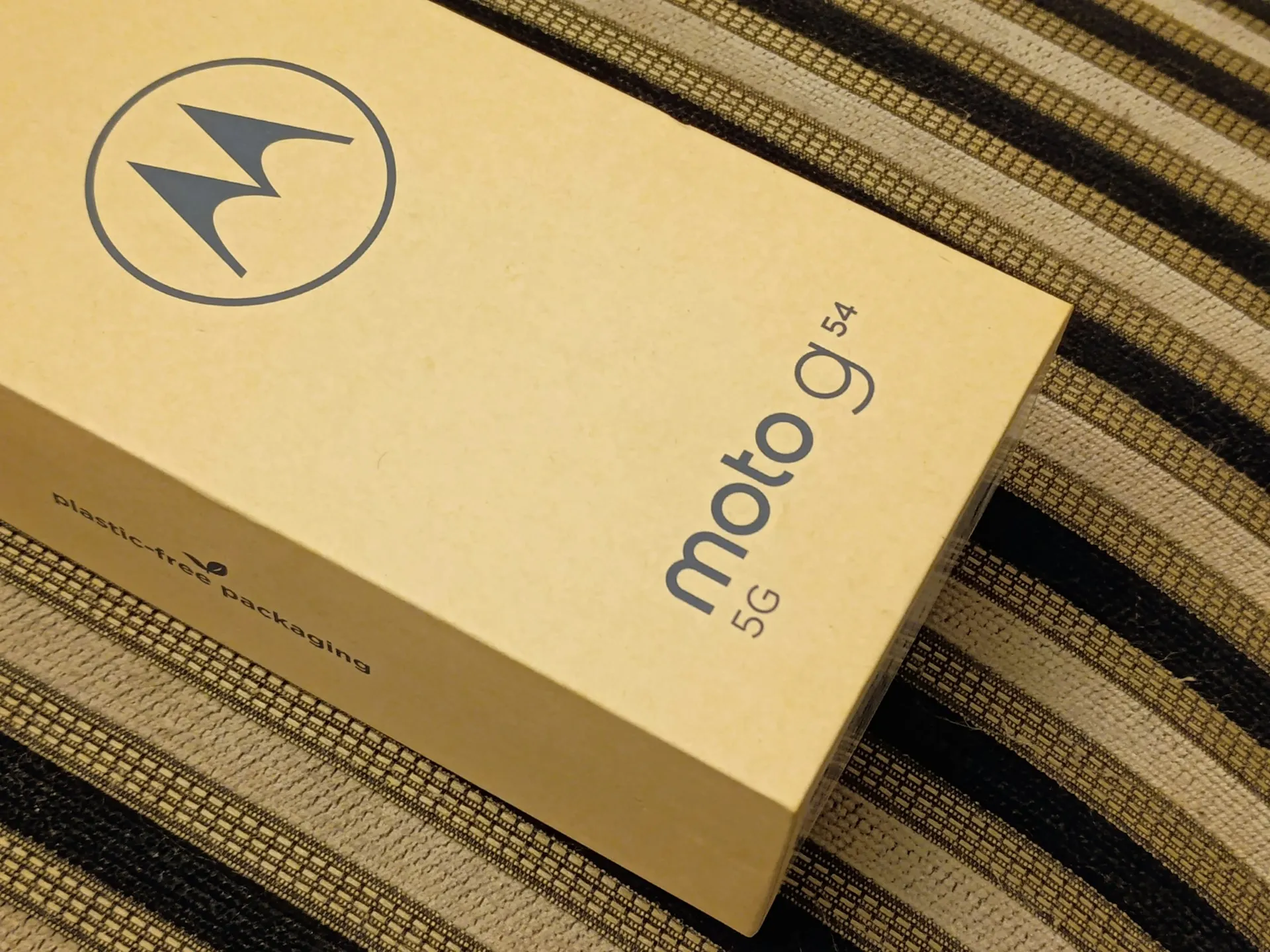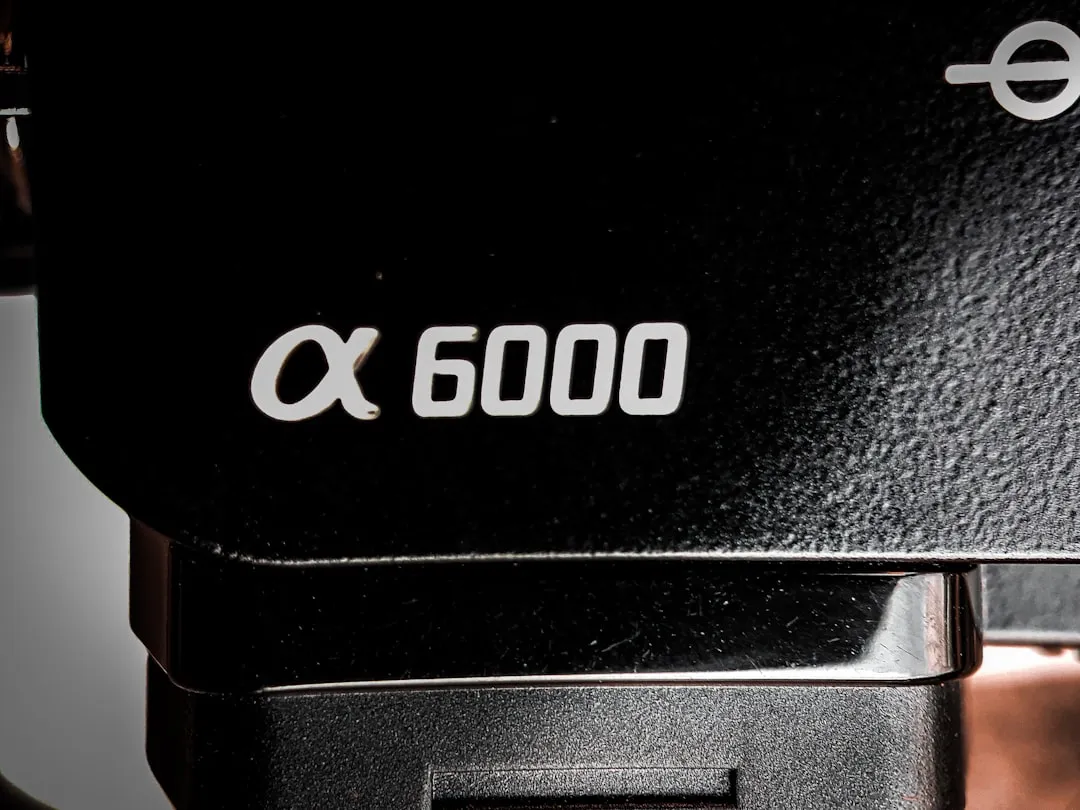When you think about the "most powerful phone on the planet," what pops into your head? Raw processing muscle? Fancy AI tricks? Or something more basic, like keeping all that silicon from frying when you push it hard. Recent teardowns of flagship smartphones have pulled back the curtain on how manufacturers are taming heat, leaning on liquid cooling tech that would make desktop PC modders grin.
The thermal puzzle in modern phones is no small one, with advanced cooling technologies being developed to handle the heat from today's chips. Microfluidic systems hit heat dissipation rates near 1000 W/cm², according to recent semiconductor research. And thermoelectric cooling reacts to sudden spikes in mere milliseconds, as noted in thermal management studies. Fast heat, fast response.
The evolution of smartphone cooling: from fans to flowing water
The race to better thermal management has sped up faster than most people realize, as processors run hotter and workloads get heavier. Gaming-focused brands like RedMagic kicked off active cooling with built-in fans that shove heat away from the CPU and GPU during marathon sessions, as reported by Design Boom. That early gamble set the stage for RedMagic's ongoing thermal design work.
From there, vapor chambers became the go-to. They shuttle heat by evaporating and condensing fluid inside a sealed space, according to the same source. The setup layers materials with jobs to do: graphene spreads heat thanks to its conductive carbon structure, copper plates help move it to the chassis, Design Boom notes. A small fan pushes air across the chamber, flushing warm air out and pulling cool air in, so earlier RedMagic phones could keep frame rates steady without turning your palms into hot plates.
Then came the twist. The RedMagic 11 Pro debuts visible, flowing water as part of a cooling system built into the frame, as revealed in the teardown coverage. It is the first time the company has used moving water in its phones, creating a full plate system that shields the device during heavy gameplay. You can literally watch the coolant snake around the edge of the phone, a tiny aquarium keeping the processor chill.
Apple's vapor chamber revolution: MacBook Pro performance in your pocket
Apple's thermal game jumped with the iPhone 17 Pro series, which the company positions as MacBook Pro-class performance in your pocket, according to Computerworld. The A19 Pro packs a 6-core CPU, 6-core GPU, and a 16-core Neural Engine with up to ~40% better sustained performance than prior Pro models, the same reports.
To keep that speed without falling off a thermal cliff, Apple designed a vapor chamber system that pulls heat away from the chip. The phone's aluminum unibody uses an Apple-designed, aerospace-grade alloy tuned for heat dissipation. Think spacecraft materials, sized for your jeans pocket.
You can see the payoff in testing. Thermal camera shots show the iPhone 16 Pro Max peaking at 37.8 degrees Celsius and throttling, while the iPhone 17 Pro Max holds at 34.8 degrees Celsius without slowdown, according to iFixit's teardown analysis. The vapor chamber's copper lattice carries water that boils at hot spots, evaporates, then condenses on cooler surfaces to ferry heat away in a loop. Less hot metal, more moving energy.
Samsung's thermal management mastery: bigger chambers, better performance
Samsung's Galaxy S25 series leans hard into thermal upgrades. The Ultra model features a significantly larger vapor chamber compared to previous models, according to teardown analysis. It is one of the device's headline hardware changes, built to keep temperatures in check when workloads spike, as reported by Pune News.
And it is not just the Ultra. The S25+ also ships with a larger chamber than prior generations, as shown in teardown videos. The result, paired with the Snapdragon 8 Elite for Galaxy, is steadier performance across the lineup.
Even Samsung's mid-range gets love. The Galaxy S24 FE moves to a larger vapor chamber under the battery compared to the S23 FE, according to teardown analysis. There is also a separate board for wireless charging and NFC that doubles as a heat spreader for the chipset, as noted in the same report. Layered, deliberate, effective.
The competitive landscape: OnePlus, Xiaomi, and the cooling arms race
Plenty of brands are in the mix. OnePlus drew attention with the OnePlus 12's Dual Cryo Velocity Vapor Chambers, stacked to create 9,140 mm² of heat-dissipation area, as revealed in another teardown coverage. It is the largest cooling setup in a OnePlus phone to date, using copper-like sheets wrapped around narrow channels filled with circulating fluid, according to the same source.
Xiaomi counters with Loop LiquidCool Technology. It relies on a capillary effect that draws liquid to hot components, vaporizes it, then pushes heat toward cooler areas through a one-way closed loop, as detailed by Device Specifications. The company claims twice the cooling efficiency of conventional vapor chambers, and it has been recognized as one of the most efficient smartphone cooling systems, according to the same report. By keeping hot gas and cool liquid from mixing, the loop avoids the tug-of-war that slows traditional designs.
Proof, meet pudding. In a 30-minute Genshin Impact run at 60 fps with max settings, Xiaomi's Loop LiquidCool kept device temperatures under 47.7°C and held processor temps 8.6°C lower than standard versions, as demonstrated in performance testing. That gap is the difference between sustained peak frames and a stuttery, throttled mess.
What this means for the future of mobile performance
These teardown wins are not just engineering party tricks; they unlock real performance. With better liquid cooling, chips run harder for longer since thermal throttling takes a back seat. That shows up in longer AI sessions, 4K video recording, and gaming marathons without the usual mid-match slowdown, according to the same source.
The need is obvious if you have felt the recent flagships heat up. The iPhone 15 Pro runs about 7°C hotter than the Galaxy S23 Ultra and 4°C hotter than the Pixel 7 Pro after five minutes of 4K 60 recording, as reported in thermal comparison studies. New cooling tech punches through that ceiling.
Where does this go next? Expect vapor chambers across more models, not just Pro tiers, according to industry analysis. As manufacturers chase more speed with chips like the A19 Pro on TSMC's third-generation 3 nm process, which brings roughly 5 percent performance gains at the same power, as noted in the same report, thermal design shifts from nice-to-have to must-have.
PRO TIP: When shopping for your next flagship smartphone, check the cooling specs. Look for vapor chamber size, thermal features, and sustained performance numbers, not just flashy peak scores.
Bottom line, we are watching phones move from basic heat control to serious thermal engineering that rivals desktops. Liquid cooling is not only about keeping your hands comfortable; it is about unlocking the kind of processing headroom that lets phones handle real-time AI and console-grade games without breaking a sweat.
























Comments
Be the first, drop a comment!